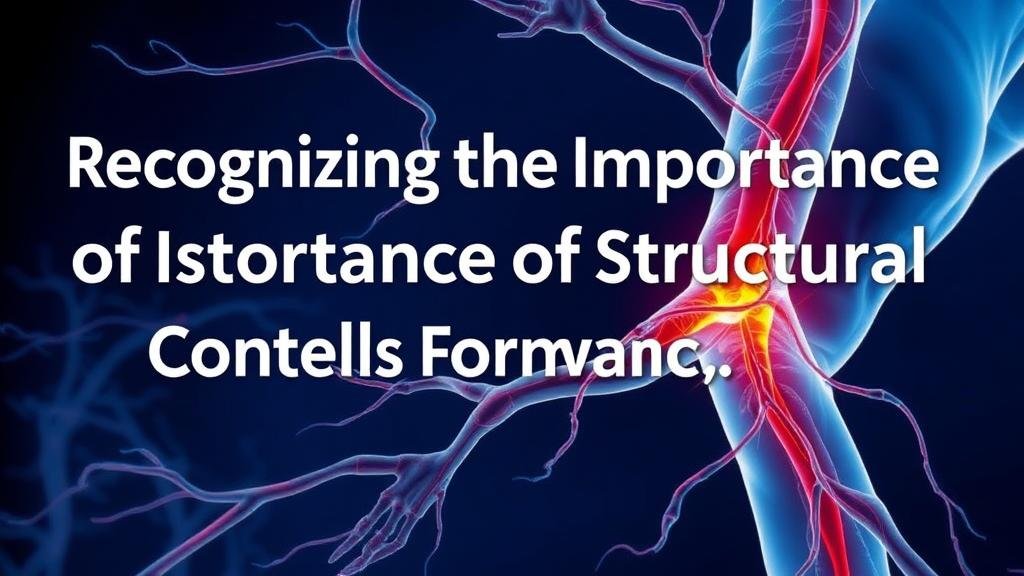Recognizing the Importance of Structural Controls in Vein Formation
Recognizing the Importance of Structural Controls in Vein Formation
Vein formation in geology is a crucial process that plays a significant role in mineralization. Understanding the structural controls that govern this process can lead to the exploration of mineral deposits and the development of effective mining strategies. This article explores the importance of structural controls in vein formation, highlighting key aspects and providing examples from various geological settings.
The Nature of Structural Controls
Structural controls refer to the physical features and arrangement of geological formations that influence the behavior of fluids and the deposition of minerals. e controls can include:
- Fractures and faults
- Foliation planes
- Layered rock sequences
- Intrusive contacts
Each of these factors can significantly affect the pathways that mineralizing fluids take as they move through the Earth’s crust, ultimately influencing where veins form and how rich they are in valuable minerals.
Mechanisms of Vein Formation
Vein formation is primarily driven by the movement and cooling of hydrothermal fluids, which transport dissolved minerals. The structural controls can direct how these fluids flow and concentrate. Factors influencing this process include:
- Pressure and temperature variations
- Fluid chemistry changes due to reactions with rock
- Physical barriers like impermeable rock layers
For example, in areas where faults create openings in the bedrock, hydrothermal fluids can be channeled effectively, leading to the formation of highly mineralized veins. This mechanism has been observed in the famous Gold Rush region of California, where fault zones hosted rich gold deposits due to concentrated hydrothermal activity.
Role of Geometric Properties
The geometric properties of the geological structure also play a vital role in determining where and how veins develop. Key geometric properties include:
- Orientation of the host rocks
- Angle and width of fractures
In the case of the Witwatersrand Basin in South Africa, the orientation of sedimentary layers and their subsequent deformation has dictated the location of gold-bearing reefs. The specific dip and strike of the layers greatly influence fluid migration, making understanding these angles essential for successful mining operations.
Case Studies of Structural Controls on Vein Formation
Several case studies illustrate the impact of structural controls on vein formation.
The Barrick Gold Corporations Turquoise Ridge Mine
The Turquoise Ridge Mine in Nevadas Carlin Trend serves as an exemplary case. Extensive research showed that the intersection of multiple structural features created ideal pathways for mineralizing fluids. The presence of both vertical and horizontal structures allowed for increased fluid accumulation, resulting in rich gold veins.
Porphyry Copper Deposits
Porphyry deposits, which are significant sources of copper, also demonstrate the role of structural controls. At the Sierrita Mine in Arizona, the interaction of intrusions and pre-existing structures facilitated the migration of mineral-rich fluids, ultimately leading to extensive vein systems. e deposits often align with structural trends, reinforcing the need for thorough geological surveys before exploration.
Conclusion and Actionable Takeaways
Recognizing the importance of structural controls in vein formation provides invaluable insights for geologists and mining companies. Here are some key takeaways:
- Conduct thorough geological mapping to identify structural features.
- Use geophysical methods to assess subsurface structures before mining.
- Incorporate structural analysis into exploration strategies to enhance mineral discovery.
Ultimately, a comprehensive understanding of the structural controls affecting vein formation enhances the efficiency of mineral exploration and contributes to sustainable mining practices.



